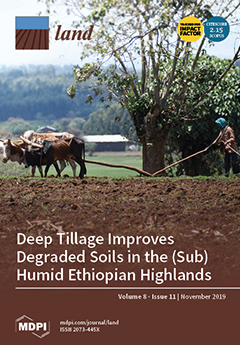Resource information
In recent years, as a way to achieve higher agricultural output while reducing the negative impact of agricultural production on the environment, agricultural sustainable intensification has attracted worldwide attention. Under the framework of "connotation definition-measuring method-influencing factor-implementation path", this paper systematically sorts out the main research results in the field of agricultural sustainable intensification. The results show that: (1) The connotation of agricultural sustainable intensification has not been clearly defined. It is widely believed that sustainable intensification has the characteristics of increasing production and reducing environmental damage, and is widely used in agricultural, biological and environmental sciences; (2) The measurement methods and indicators of agricultural sustainable intensification are diverse, and the measurement cases are mainly distributed in Europe, Asia, Africa and America; (3) The influencing factors of agricultural sustainable intensification can be roughly divided into four aspects: socio-economic factors, farmers’ own characteristics and natural factors, among which population pressure is the potential driving force for agricultural sustainable intensification; (4) The most obvious feature of agricultural sustainable intensification is the reduction of the yield gap. The strategy of implementing agricultural sustainable intensification can be attributed to the effective use of inputs and the adoption of sustainable practices and technologies. Therefore, the implementation path can be summarized as enhancing the effectiveness of external inputs to the agricultural system and optimizing the practice and technology mix within the crop production system. Finally, this paper concludes that research on connotation definition, influencing mechanism, different regional models, incentive mechanism for farmers, impact evaluation and system design of agricultural sustainable intensification should be strengthened in future.


